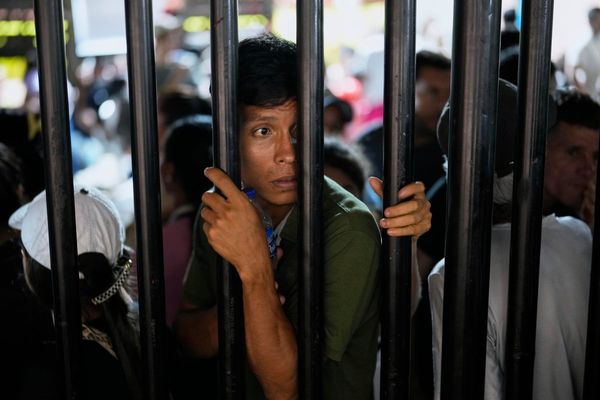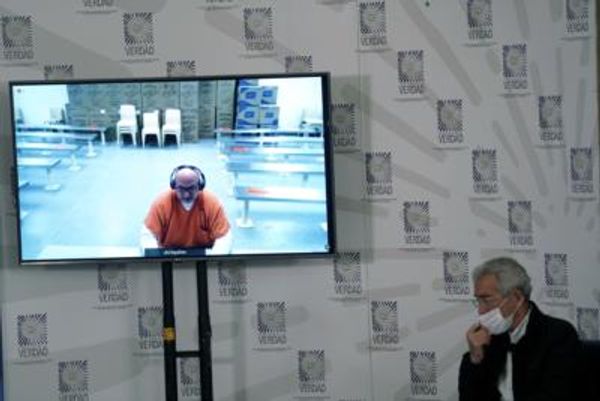
Finland and Sweden could apply for membership of the 30-nation Nato alliance within days, ending decades of military non-alignment in a historic shift triggered by Russia’s invasion of Ukraine. Here is a brief look at the background and implications of their decisions.
What is Nato?
The North Atlantic Treaty Organisation is a defensive military alliance formed in 1949 by 12 countries including the US, UK and France to counter the threat of postwar Soviet Russian expansion in Europe.
Its common security guarantee is based on article 5 of the treaty, which states that an attack on one member is an attack on all and commits members to defend each other in the event of armed aggression.
Why are Finland and Sweden not already members?
Both considered that joining the alliance would represent an unnecessary provocation of Moscow, and so have long pursued policies of neutrality, and then non-alignment, to avoid antagonising a major regional power.
Finland’s concerns have been largely practical: it shares an 810-mile (1,300km) border with Russia, declared independence in 1917 after more than a century of rule by Moscow, and its army twice fought off Soviet forces during the second world war before ceding about 10% of its territory.
A 1948 agreement of friendship, cooperation and mutual assistance with Russia isolated Finland militarily from western Europe, though the breakup of the Soviet Union and EU membership have since allowed it to step out of Russia’s shadow.
Sweden’s opposition to Nato membership has been more ideological. Its postwar foreign policy has focused on multilateral dialogue and nuclear disarmament and it has long seen itself as a mediator on the international stage, running down its military after the end of the cold war.
It has reintroduced conscription and boosted defence spending since Russia annexed Crimea in 2014, but many on the Swedish left remain suspicious of the US-led Nato’s agenda and argue that Nato membership will only increase regional tensions.
Why are they considering joining now?
Finland’s prime minister, Sanna Marin, and her Swedish counterpart, Magdalena Andersson, said last month that Russia’s invasion of Ukraine had “changed Europe’s whole security landscape” and “dramatically shaped mindsets” in the Nordic region.
Essentially, many Finns and Swedes increasingly feel that joining Nato will help keep them safe when they face a plainly belligerent and unpredictable Russian leader. Polls show public support for Nato membership has trebled to about 75% in Finland and surged to about 60% in Sweden.
Nato membership would mean that for the first time Finland and Sweden would have security guarantees from nuclear states.
Would Nato welcome them?
Both countries switched from formal neutrality to military non-alignment in 1995 when they joined the EU. They are already Nato partners, taking part in exercises and exchanging intelligence with the alliance. Finland already meets Nato’s defence spending target of 2% of GDP, while Sweden is on course to do so.
The Nato secretary general, Jens Stoltenberg, has said they would be welcomed “with open arms” if they do apply and that the accession process would be quick, although formal ratification by all the alliance’s members could take several months.
From the military perspective, the addition of Finland’s and Sweden’s armed forces would represent a major boost to Nato’s assets in northern Europe, filling a hole in the alliance’s defences by doubling the length of its border with Russia and improving security and stability in the Baltic region.
What does Russia have to say?
Russia has repeatedly warned Finland and Sweden against joining Nato, saying the “serious military and political consequences” of such a move would oblige it to take “retaliatory steps” to “restore military balance” by strengthening its defences in the Baltic, including by deploying nuclear weapons.
Vladimir Putin sees Nato not as a defensive alliance but as a threat to Russia’s security. He blames Nato for blocking his takeover of Ukraine and has demanded Nato troops be withdrawn from eastern Europe. It is unclear how he would respond if he considers the alliance’s expansion in northern Europe an existential danger.
What happens next?
Finland’s president, prime minister and senior cabinet ministers will meet on Sunday to make a formal decision on submitting an application. A positive decision would then be presented to parliament for approval early next week.
Sweden’s ruling Social Democrats have been split on the issue and are holding an internal consultation, with a decision also due on Sunday. The party is widely expected to back membership, giving an overwhelming majority of MPs in favour.
Swedish media have said a final government decision will be made on Monday, with a formal application for membership to be submitted shortly afterwards. Many analysts believe the two countries will apply simultaneously.







